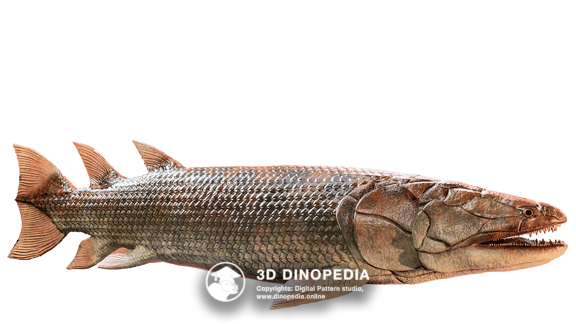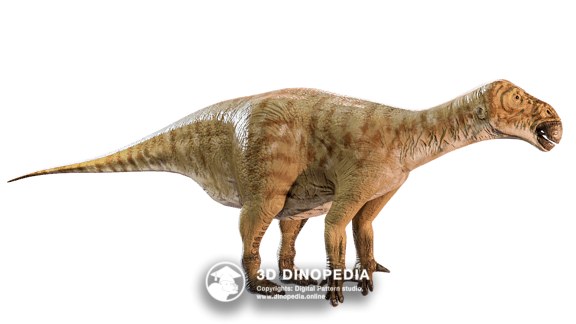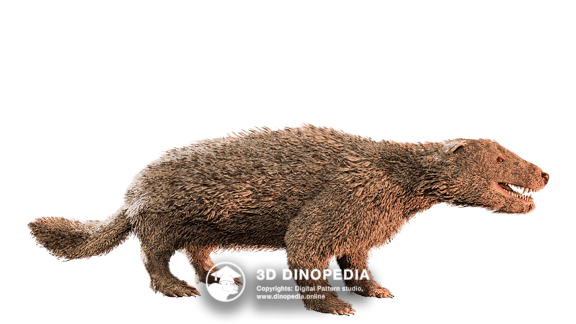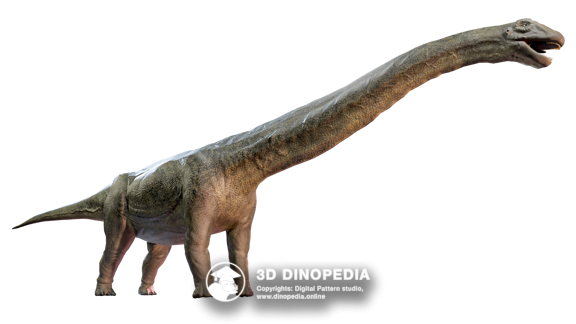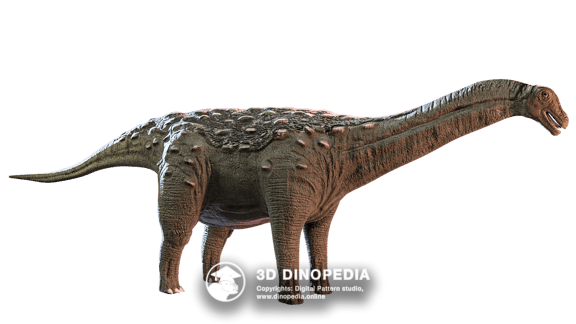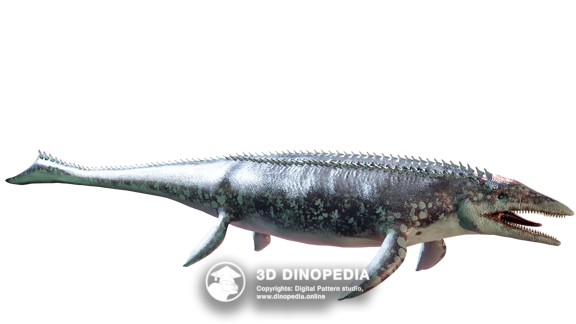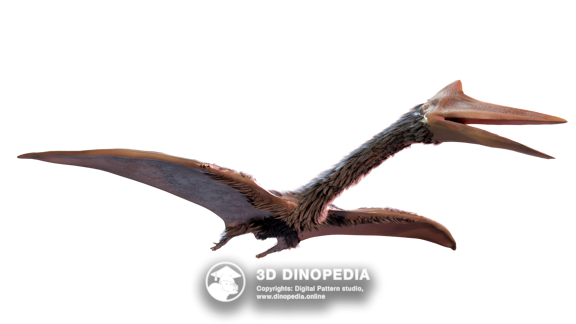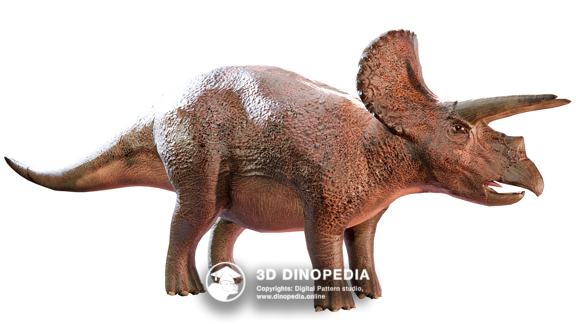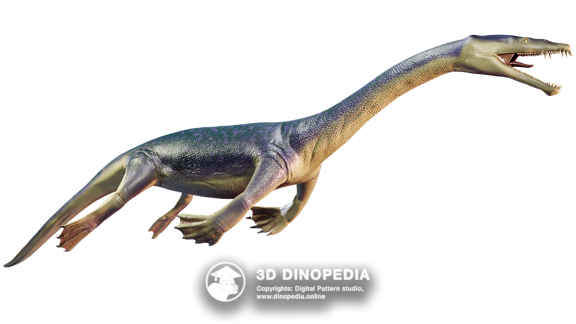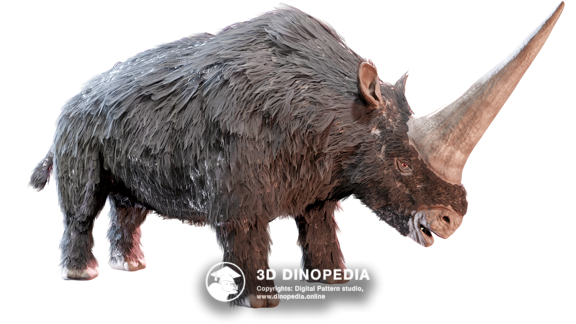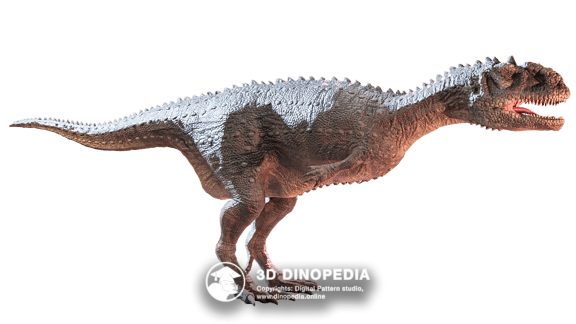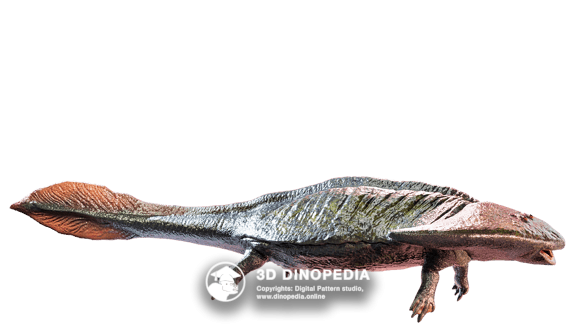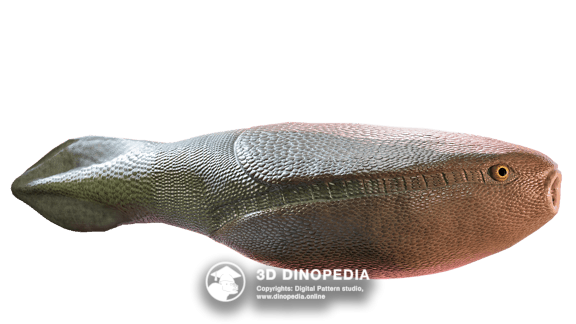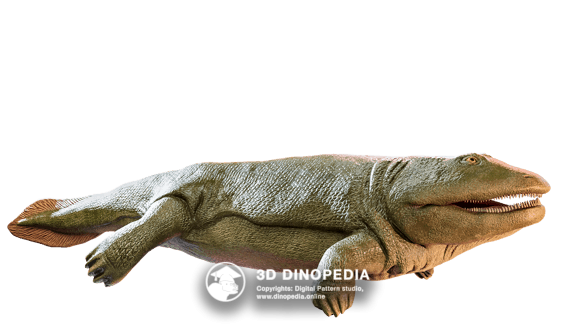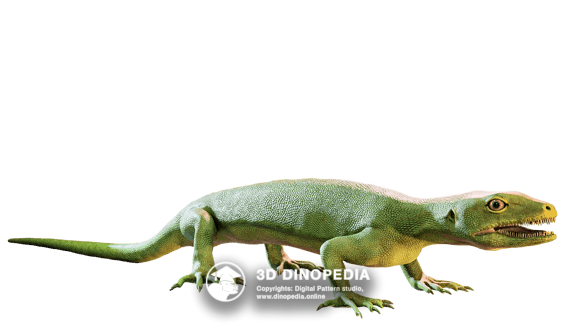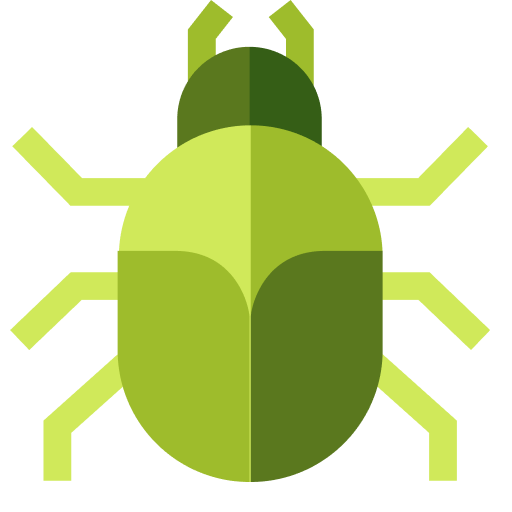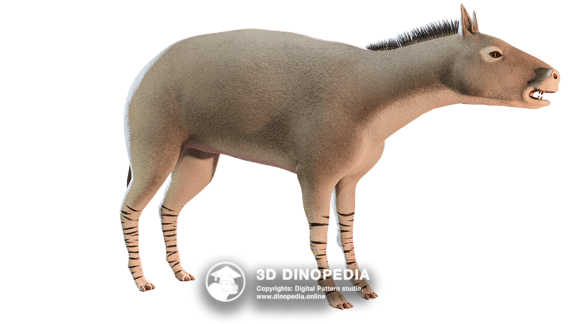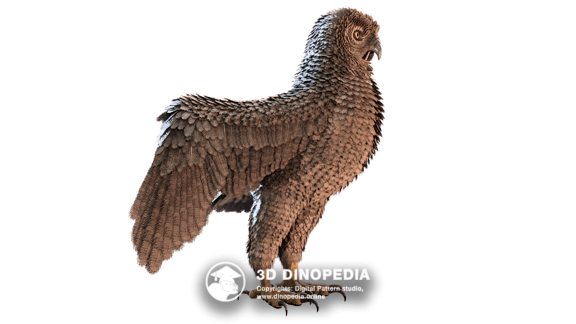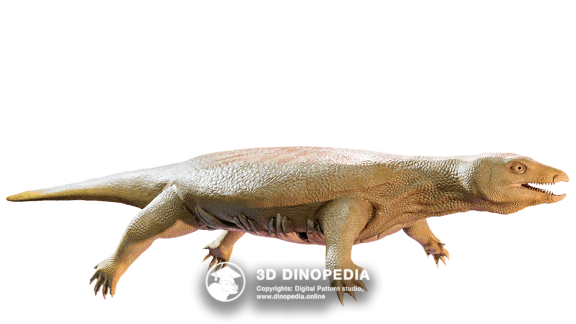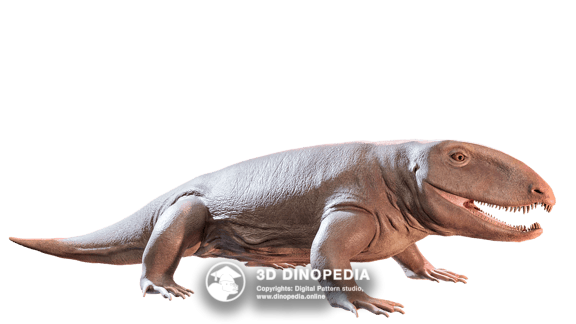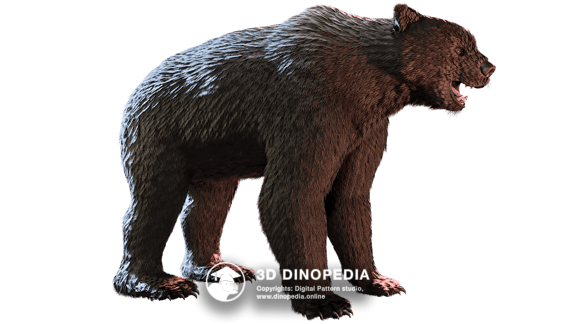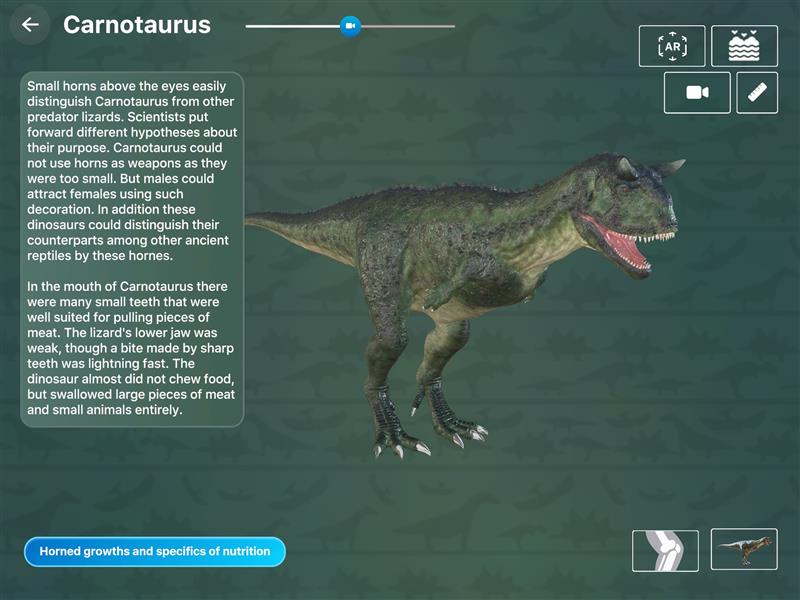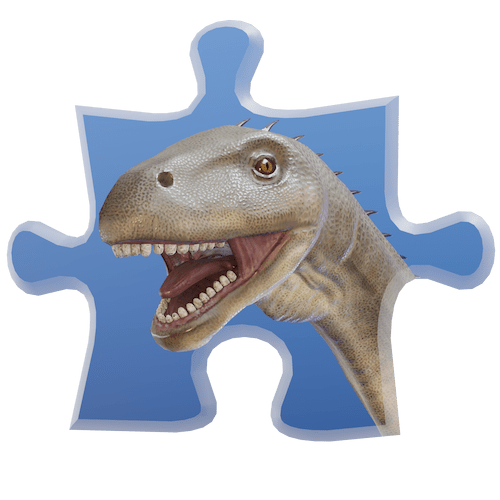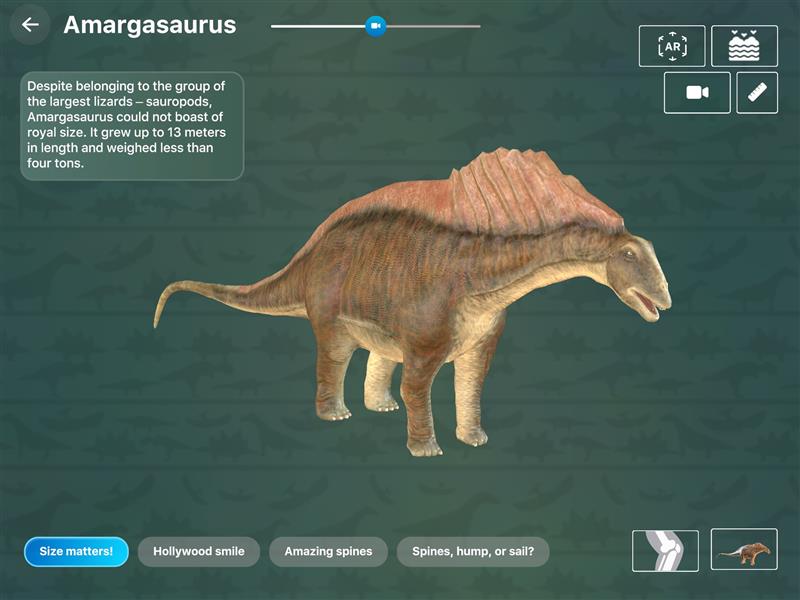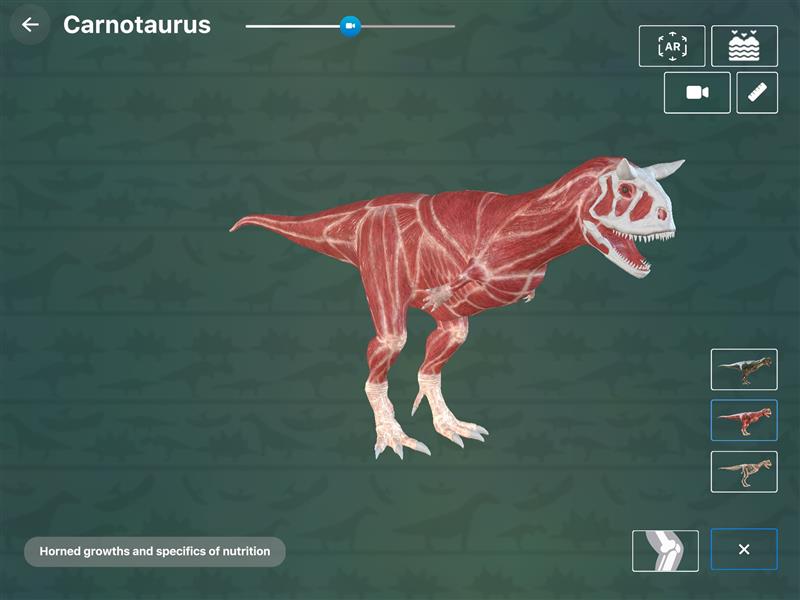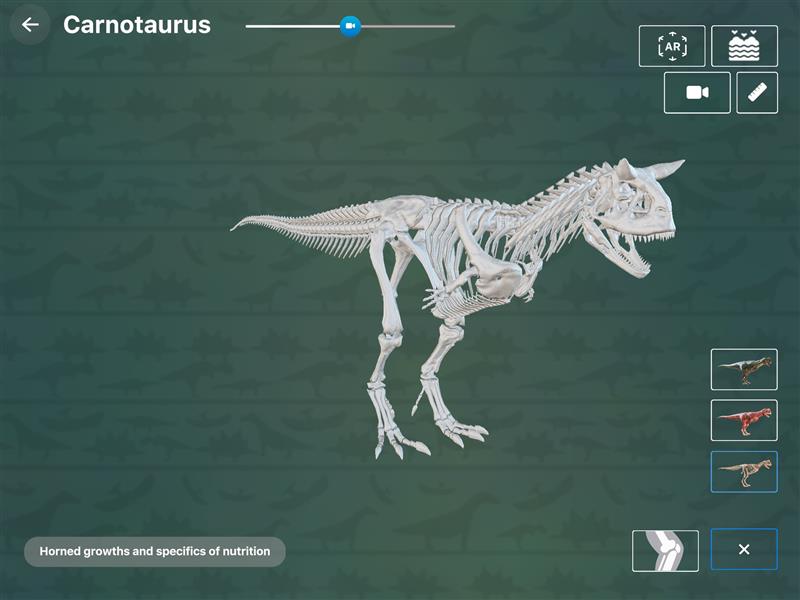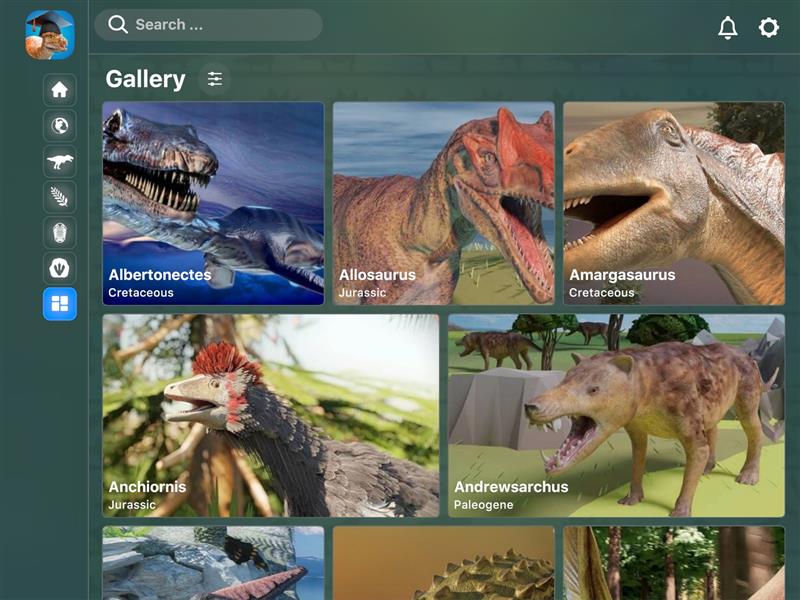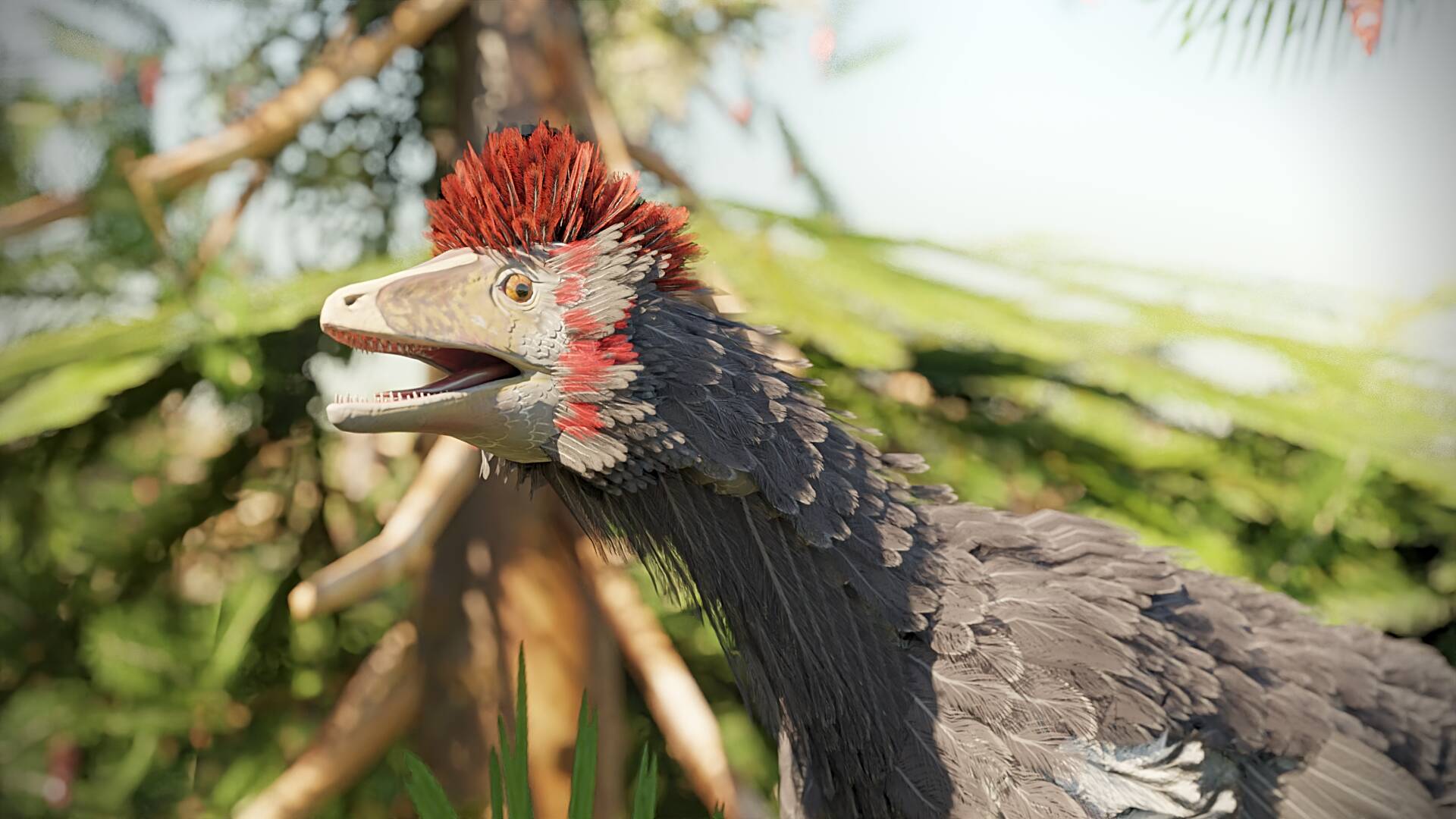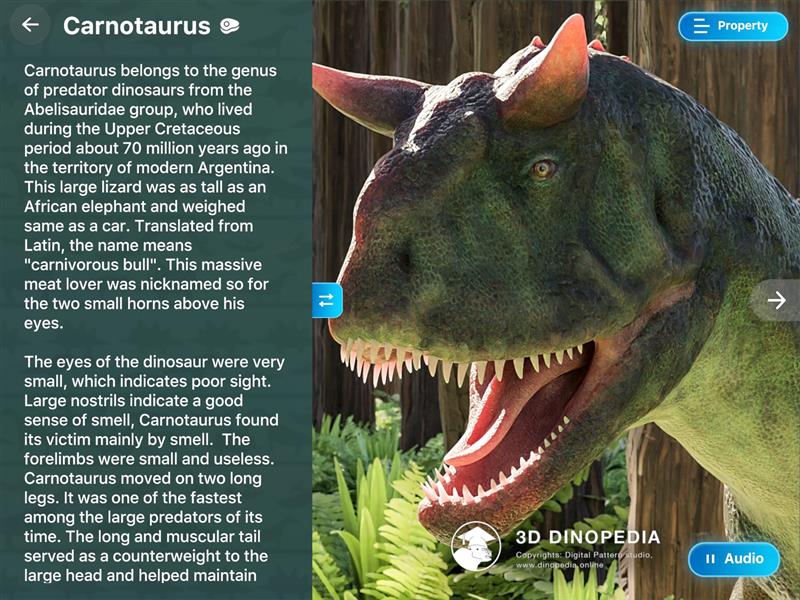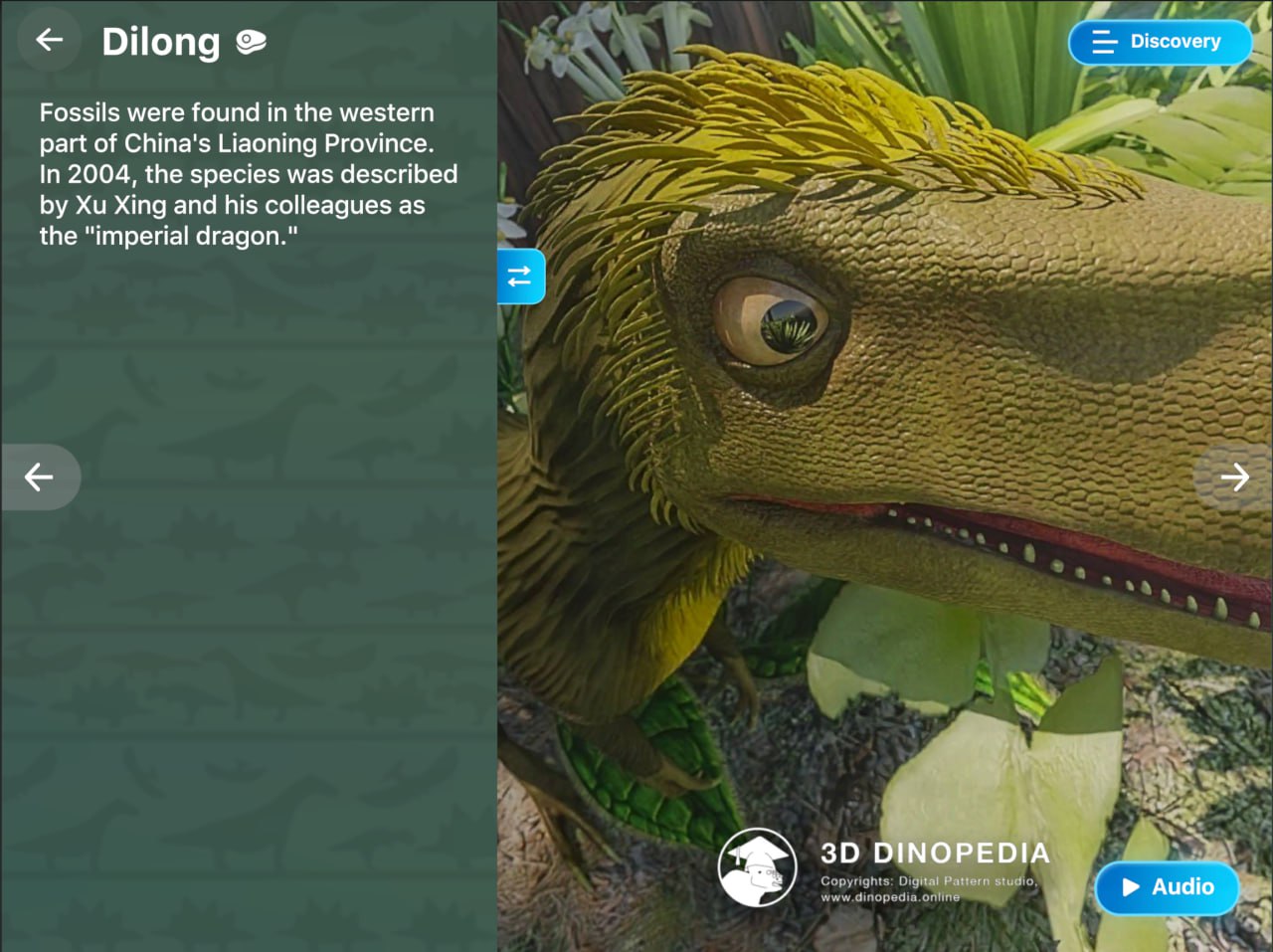Eusthenopteron
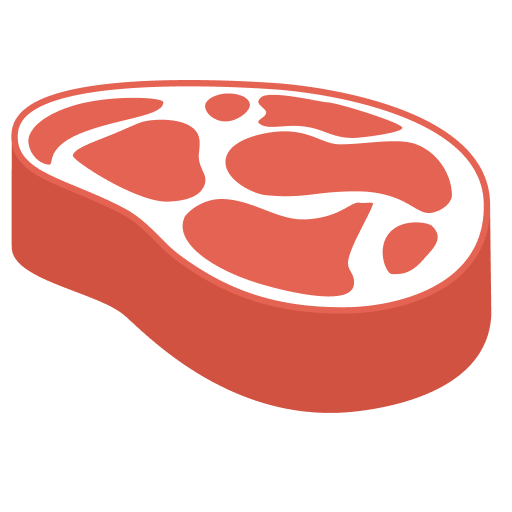
Name meaning:
Strong fin
Period of life:
384 – 372 million years ago
Period:
Habitat:
Marine environment
Taxonomy:
Bony fish
Countries:



Name meaning: “Strong fin”
Eusthenopteron is an extinct genus of lobe‑finned fish that played a key role in the evolution of tetrapods. These remarkable animals lived roughly 385 million years ago, during the Late Devonian. The name “strong fin” reflects the robust fins that were once thought to have been used for movement on land. Modern studies, however, indicate that Eusthenopteron was primarily aquatic, though its fins possessed unique features that would later evolve into limbs in early tetrapods.
Eusthenopteron was fairly large, reaching 1–1.8 metres in length. Its streamlined, torpedo‑shaped body was ideal for swift swimming. A powerful tail with a large, trilobed fin, two dorsal fins, and well‑developed paired fins made it an excellent swimmer.
One of its most striking features was the structure of the skull. It possessed an intracranial joint that allowed the front part of the head to lift, increasing the gape angle. Combined with strong, conical teeth, this made Eusthenopteron a formidable predator capable of tackling a wide variety of prey.
Its skeleton also exhibited several unique traits. In the anterior (pectoral) fins, one can distinguish early precursors of the humerus, radius and ulna; in the posterior (pelvic) fins, the femur, tibia and fibula are recognisable. These bones later formed the basis of tetrapod limbs. The pectoral girdle of Eusthenopteron was connected to the skull, another feature shared with early tetrapods.
Although Eusthenopteron was not a direct ancestor of tetrapods, it represents a crucial link in the evolutionary chain connecting fishes to terrestrial vertebrates. Its distinctive anatomical features—powerful fins, specialised skull architecture, and the presence of limb-bone precursors—illustrate transitional stages in the shift from fins to legs. Studying Eusthenopteron and similar fossils helps scientists understand how vertebrates first colonised land and how the astonishing diversity of terrestrial animals we see today ultimately arose.
Discussions
Other animals
 INTERESTING FACTS
INTERESTING FACTS
 PUZZLES
PUZZLES
 HOME
HOME
 3D MODEL "SKIN"
3D MODEL "SKIN"
 3D MODEL "MUSCLES"
3D MODEL "MUSCLES"
 3D MODEL "SKELETON"
3D MODEL "SKELETON"
 VISION
VISION
 NEIGHBORS
NEIGHBORS
 VOICE ACTING
VOICE ACTING
 AR - MODE
AR - MODE
 GALLERY
GALLERY
 HISTORY OF DISCOVERIES
HISTORY OF DISCOVERIES
